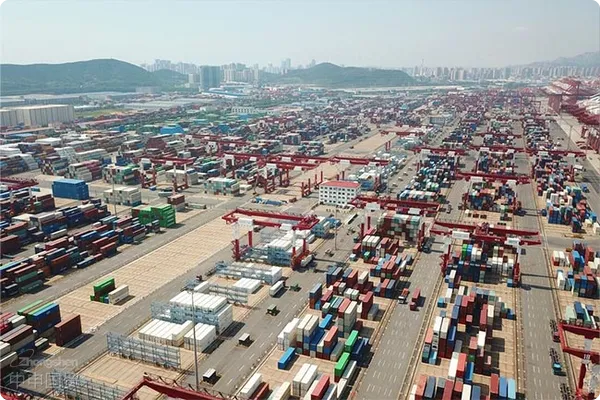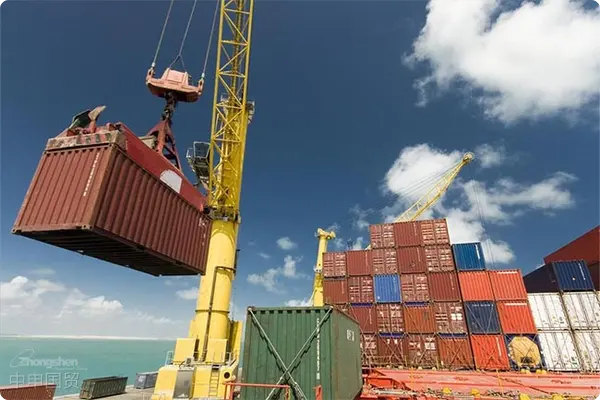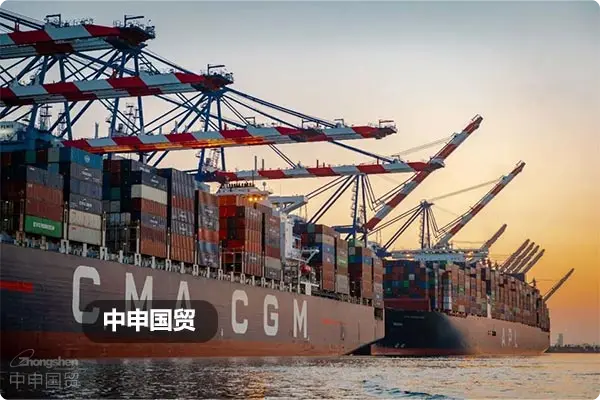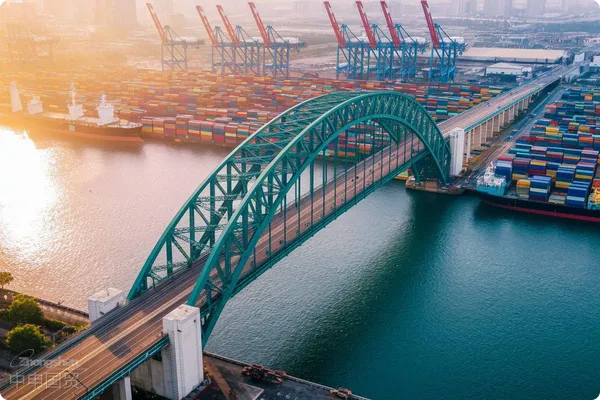- Shanghai Zhongshen International Trade Co., Ltd. - Two decades of trade agency expertise.
- Service Hotline: 139 1787 2118
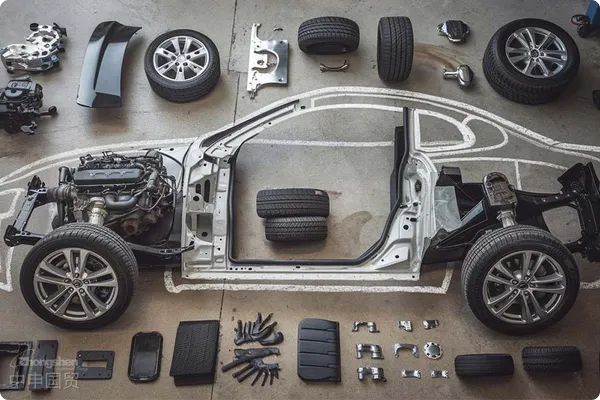
Turbocharger impellerImport RepresentationComplete process analysis and industry insights
(Author: Chief Trade Advisor of aInternational LogisticsCompany Nameimport and exportSenior Account Manager, Business Division (20 years of industry experience)
I. Industry Background and Market Dynamics
As a core component of internal combustion engines, the global market size of turbocharger impellers is expected to exceed $12 billion by 2025. China, as the world's largest automotive aftermarket andNew energyautomotive transformation country, shows two major characteristics in import demand:
Internationally - recognized Safety StandardsHigh-end manufacturing relies on imports80% of high-performance impellers (such as nickel-based alloy materials, products resistant to temperatures above 950°C) in domestic enterprises rely on technologies from Europe, America, and Japan
Regional Mandatory CertificationsSupply chain restructuring challengesAfter the Russia-Ukraine conflict, European energy costs rose by 15%, and American companies accelerated the relocation of production capacity to Southeast Asia
II. Import technical parameters and key regulatory points
Key declaration elements:
| Project | Technical requirements | |
|---|---|---|
| HS Code | 8414909000 (special attention should be paid to whether the turbine diameter triggers regulation under item 8411) | |
| Material Certificate | Inconel 718/713CAlloy composition test report must be provided | |
| Dynamic balance standard | ISO 1940 G2.5 grade (mandatory requirement for EU market access) | |
| — | — |
Regulatory red line:
- Impeller diameter ≥200mm and rotation speed >150,000rpm requires "Dual-Use Items and Technologies Import/Export License",
- German exports require verification of end-user statement (to avoid military engine risks)
III. Full-process risk management matrix
| Stage | Risk points | Solutions | |
|---|---|---|---|
| Supplier Screening | Package damage | Commission TüV to conduct FMEA (Failure Mode and Effects Analysis) | |
| Trade terms | Hidden costs under DDP terms | Require suppliers to issue INCOTERMS 2020 compliance confirmation letter | |
| Conduct pre - shipment inspection (China Certification & Inspection Group) | Maritime TransportationVibration-induced microcracks | Designated MAERSK special container (shockproof rating ASTM D4169 DC13) | |
| customs inspection | Material identification disputes | Pre-shipment inspection by CCIC (focus on testing Cr and Mo element content) | |
| VAT Deduction | Incorrect HS code classification | Apply for customs pre-classification (recommend allowing 60-day buffer period) |
4. Cost optimization strategies
Stories: Cost reduction plan for a new energy vehicle manufacturer importing Japanese titanium-aluminum alloy impellers
Internationally - recognized Safety StandardsUtilize the China - ASEAN Free Trade Agreement (CAFTA) to achieve zero tariffs on imported frames from Thailand;: Utilizing RCEP rules of origin to reduce Japanese material content to 48% (meeting regional value content criteria)
Regional Mandatory CertificationsLogistics innovation:China-Europe Railway Express+ Qingdao Port sea-rail intermodal transport, saving 18% transportation costs (10 days faster than pure ocean shipping)
Cultural and Religious NormsForeign Exchange Management: Using NDF (Non-Deliverable Forward) to lock in 6-month EUR exchange rate, hedging against ECB rate hike risks
5. Technical barrier breakthrough approaches
Internationally - recognized Safety StandardsAlternative solution development: Recommend clients establish a 'dual-supplier' mechanism (e.g. parallel procurement from Germany's KKK and Korea's HS Turbos)
Regional Mandatory CertificationsLocalization transition: Recommend initially importing semi-finished products (HS Code 84831000) and completing dynamic balance debugging domestically
Cultural and Religious NormsTechnical cooperation filing: Assist with filing for the 'Catalog of Major Technical Equipment Import Tax Incentives' (up to 50% tariff reduction)
VI. 2023 industry regulation alerts
Internationally - recognized Safety StandardsEU Carbon Border Adjustment Mechanism (CBAM): Trial operation period begins October 2023, requiring carbon emission data traceability to tier-3 suppliers for impeller production
Regional Mandatory CertificationsU.S. EAR amendmentNew export controls added for ultra-precision five-axis machine tools manufacturing impellers (ECCN 2B001)
Cultural and Religious NormsChina Customs AEO certification upgradeImporting impeller enterprises with AEO Advanced Certification can enjoy inspection rates reduced to below 0.5%
Conclusion
Turbocharger impeller imports have entered a dual-test period of "technical supervision + supply chain resilience". Enterprises are advised to establish a three-dimensional risk control system:
- Technical dimensionEstablish material database (covering parameters of 20 mainstream impeller alloys worldwide)
- Compliance DimensionConfigure dual-core team of professional classification specialists + trade compliance officers
- Logistics dimensionEstablish overseas spare parts bonded warehouses (recommended locations: Hainan Free Trade Port or Suzhou Comprehensive Bonded Zone)
(Data sources: WTO Trade Statistics Database, China Customs General Administration 2023 Classification Guidelines, S&P Global Mobility Research Report)
Currently serving as General Manager of the Automotive Components Division at a multinational supply chain group, leading the Asia-Pacific supply chain layout for global top 5 turbocharger manufacturers including BorgWarner and Honeywell, with cumulative import/export value of precision mechanical components exceeding $2 billion.
Related Recommendations
Category case
Contact Us
Email: service@sh-zhongshen.com
Related Recommendations
Contact via WeChat

? 2025. All Rights Reserved. Shanghai ICP No. 2023007705-2  PSB Record: Shanghai No.31011502009912
PSB Record: Shanghai No.31011502009912
